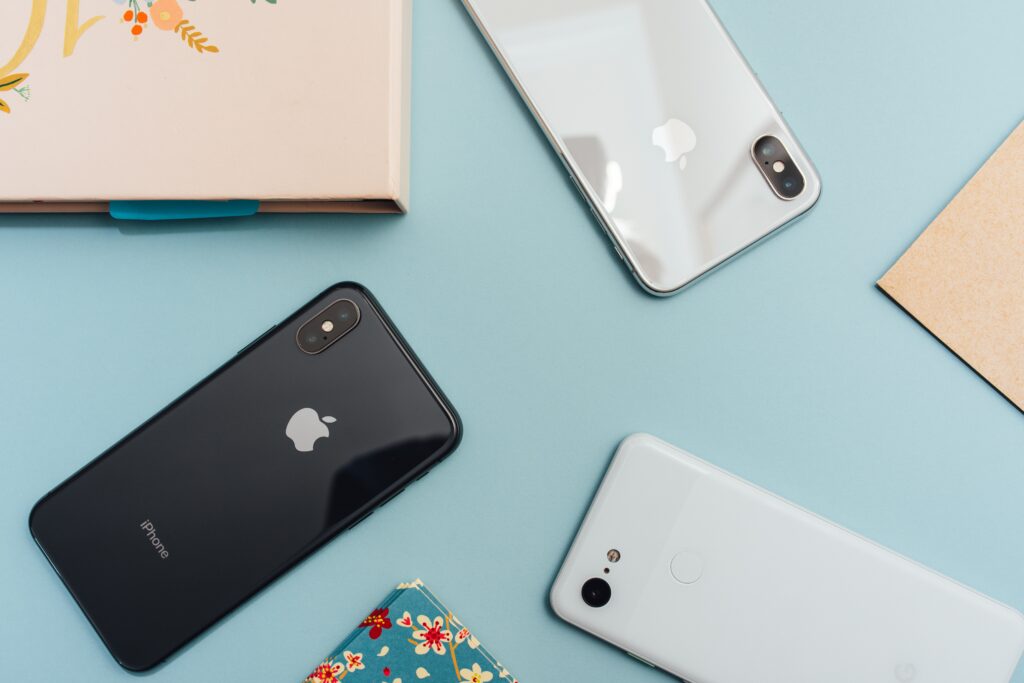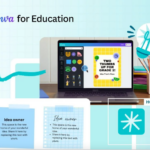
As cell phones have become increasingly accessible amongst students, they are seen more and more in the classroom and can be a cause for distractions. So what are some teachers’ solutions? Jail! The phone is taken away without the student’s consent. This can happen upon distraction or at the beginning class. So what is this method actually doing to our classroom dynamics? What about the students? And what are some potential solutions that don’t involve taking someone’s personal property?
Classroom Dynamics:
When a teacher takes away their students’ phones it creates an unbalanced power dynamic in the classroom. In general, it has already been fairly ingrained in us to not question a teacher so this removes any space for students to question their actions or demands. It shows that, as a teacher, you don’t trust them and therefore, violates their trust in you as their educator. Additionally, it leaves no room for reasoning or an explanation: why was it important for them to go on their phone? Maybe there is something going on at home that we’re not aware of. By jumping to conclusions we are taking away their adjacency.
When we try to build inclusivity in the classroom we, as teachers, are a part of that. The space should function as a thriving community, not be run as a dictatorship.
What About The Students:
By taking away a student’s phone it undermines their adjacency and independence. It sends a negative message and can affect a student’s confidence in technology use. Cell phone use may be seen as the student not being able to be torn away from a device when in fact that device may be helping them navigate a social situation. Moreover, technology is a huge part of social interactions now, we should be teaching how to use technology responsibly so the students are prepared for use when transitioning into high school.
There Are Other Ways!
So cell phone jail is clearly not the answer, so what else can you do as a teacher?
- Focus mode (or do not disturb): They switch their devices into this mode so that they aren’t distracted or disturbing the class by constant dings and buzzes.
- Grayscale mode: This setting removes all colour from the device so it becomes less appealing. I have tried this feature and can say it definitely works. It took a bit to get used to but it was effective with limiting how long I was on the device.
- Additional to different modes, proximity can be a powerful tool as well. The phone can either be put away in the student’s bag, away from the desk or placed facedown on their desk. This will be dependent on the students in the class.
- Device breaks: Having specific times throughout the day to check their phones or other devices (i.e. have a routine in place for 2 minutes after recess or snack). This can also help with transitions from free time to focusing.
- Look at the lessons: If students are distracted it ultimately comes down to them not being able to connect with the course material. Doing some self reflection may be beneficial when you see that students aren’t engaged in class.
- Set your expectations early and give a variety of options. The same method won’t work for everyone.
- Give the students agency: Have a student-led discussion of tech use in the classroom at the beginning of the year. Ask the students what solutions that they could come up with and have an open conversation about tech use in the classroom. They can make decisions and have many options available to them.
Finally! If you are implementing a cell phone free zone in the classroom, then you need to model it. Simply, monkey see, monkey do. Students pick up their behaviours from somewhere so make sure that being distracted by a device in class isn’t coming from you. Now, in some schools, that can be a way that Administration or other teachers get a hold of you. So if that’s the case, then be honest. Tell your students why you’re on your device, they are empathetic and understanding.



